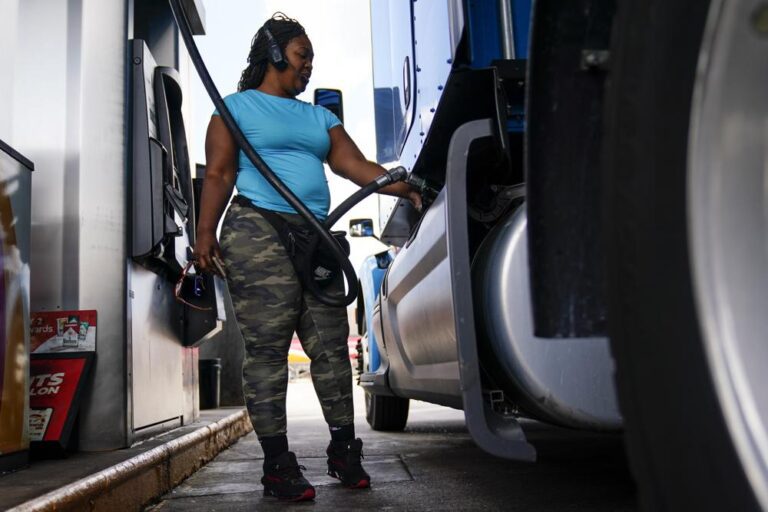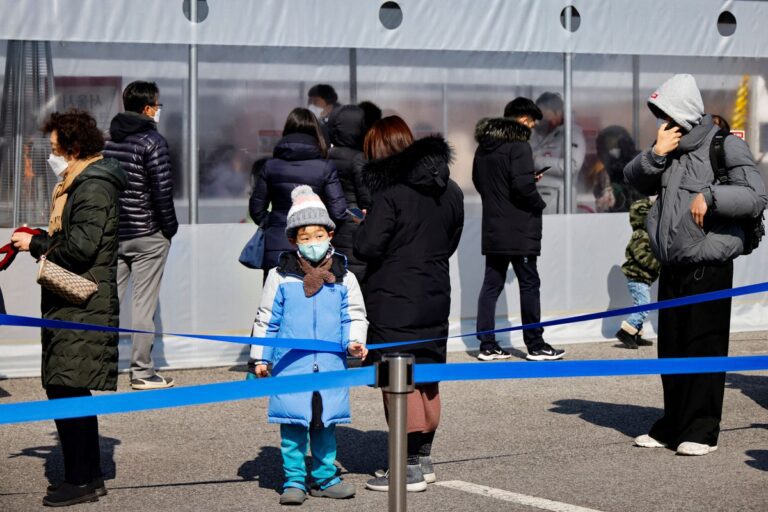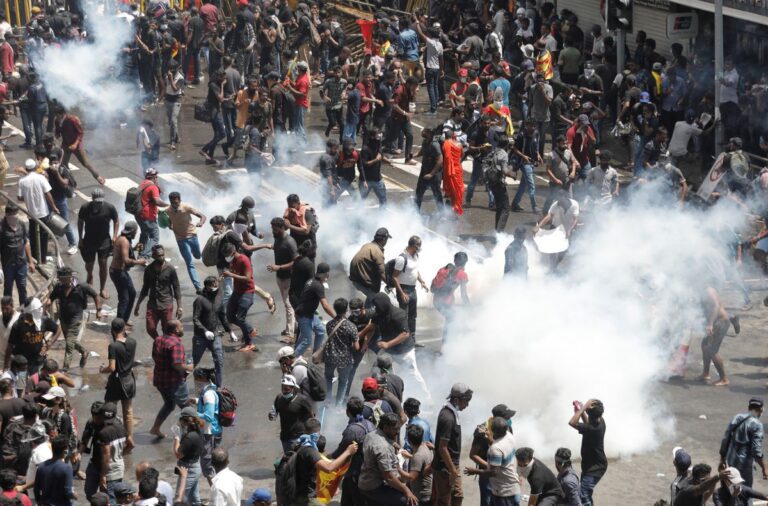Inflation at the wholesale level climbed 11.3% in June compared with a year earlier, the latest painful reminder that inflation is running hot through the American economy, according to AP.
The Labor Department reported Thursday that the U.S. producer price index — which measures inflation before it hits consumers — rose at the fastest pace since hitting a record 11.6% in March.
Last month’s jump in wholesale inflation was led by energy prices, which soared 54% from a year earlier. But even excluding food and energy prices, which can swing wildly from month to month, producer prices in June jumped 8.2% from June 2021. On a month-to-month basis, wholesale inflation rose 1.1% from May to June, also the biggest jump since March.
The U.S. inflation surge erupted from the swift rebound from the 2020 pandemic recession, and it steadily accelerated as spending outstripped the availability of labor and supplies. Generous government aid and super-low rates engineered by the Fed sent consumers on a spending spree that surprised businesses. Factories, ports and freight yards were overwhelmed, leading to shortages, delays and higher prices. Russia’s war against Ukraine magnified energy and food inflation.
Thursday’s report on wholesale prices came a day after the Labor Department reported that surging prices for gas, food and rent catapulted consumer inflation to a new four-decade peak in June, further pressuring households and likely sealing the case for another large interest rate hike by the Federal Reserve. Consumer prices soared 9.1% compared with a year earlier, the biggest yearly increase since 1981.
Producer prices have surged nearly 18% for goods and nearly 8% for services compared with June 2021. And the Labor Department said wholesale transportation and warehousing prices shot up 23% and food prices nearly 13% from a year ago.
The persistence of high inflation has eroded incomes, intensified price pressures on companies large and small and raised the risk of an economic downturn as a result of ever-higher borrowing costs. It has also diminished the public’s approval of President Joe Biden and dimmed Democratic prospects in the November congressional elections.
The Fed has embarked on an aggressive series of rate hikes that are intended to tame high inflation without causing a recession — a notoriously difficult challenge.
Some economists have held out hope that inflation might be reaching a short-term peak. Gas prices have been falling. Shipping costs and commodity prices have moderated. Pay increases have slowed. And surveys show that Americans’ expectations for inflation over the long run have eased — a trend that often points to more moderate price increases ahead.
But this week’s reports showing persistently high consumer and wholesale inflation pressures indicate that the Fed will remain under pressure to continue raising rates sharply in the coming months. The strength of the U.S. job market, with robust hiring and unemployment at a near-half-century low, means that more people have paychecks to spend, which will keep upward pressure on prices.
“Despite a modest improvement in supply conditions, price pressures will remain uncomfortable in the near term and bolster the Fed’s resolve to prevent inflation from becoming entrenched in the economy,″ Mahir Rasheed, U.S. economist at Oxford Economics, said in a research note.
He added, “Higher production costs will sustain upside risks to consumer prices as businesses tease out how much additional pass-through consumers will tolerate.″









